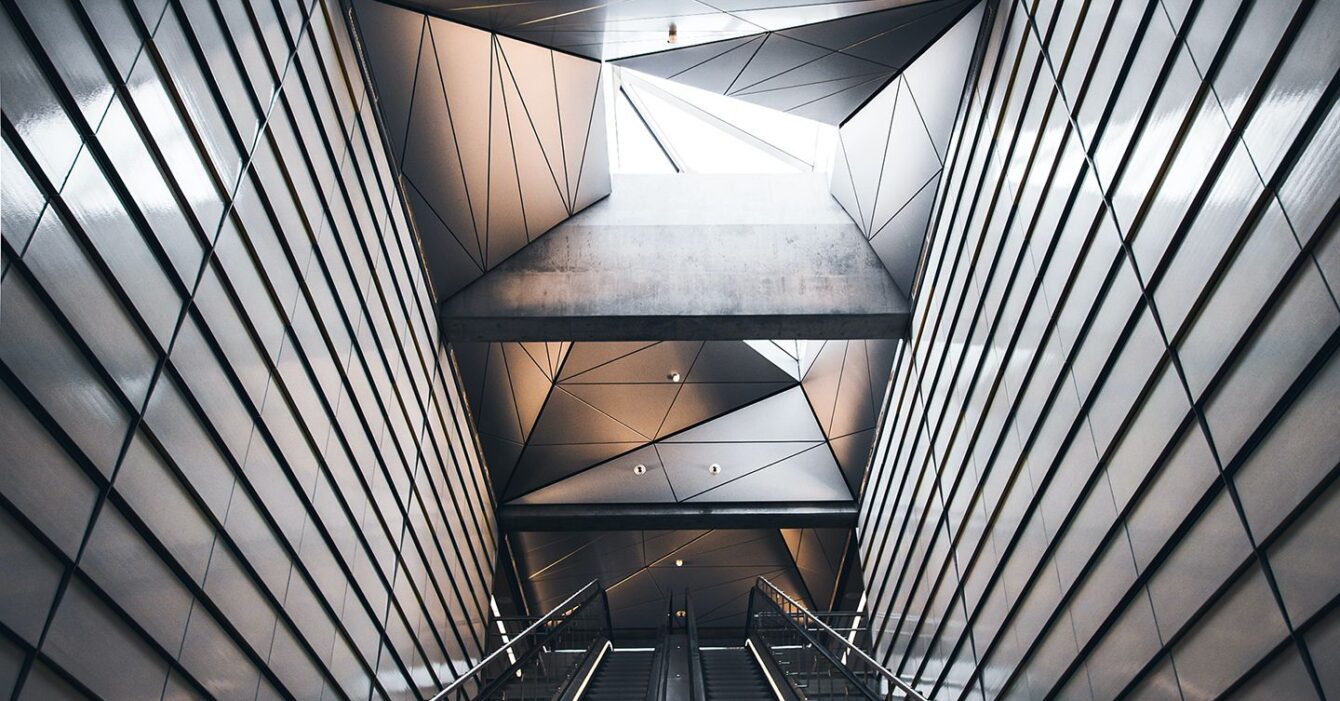
Aluminum Cladding
Components and Types of Aluminum Cladding:
- Aluminum Panels: Aluminum cladding typically consists of aluminum panels or sheets. These panels can vary in thickness, size, and shape, depending on the specific design and application.
- Aluminum Alloys: Different aluminum alloys may be used to manufacture cladding panels, depending on factors such as strength, corrosion resistance, and cost.
- Coatings and Finishes: Aluminum cladding can feature various coatings and finishes to enhance its appearance and performance. Common finishes include anodized, painted, or powder-coated surfaces, which provide protection against corrosion and allow for color customization.
- Attachment Systems: Cladding panels are attached to the building's structural framework using various attachment systems. These systems can be visible (face-fastened) or concealed (hidden fasteners) to achieve different aesthetic effects.
- Design Features: Aluminum cladding may incorporate design elements such as perforations, embossing, or patterns to create visual interest and texture.
Advantages of Aluminum Cladding:
- Durability: Aluminum is a corrosion-resistant material, making it suitable for use in a wide range of climates and environments. It does not rust or deteriorate over time.
- Low Maintenance: Aluminum cladding requires minimal maintenance. Regular cleaning is typically all that is needed to keep it looking good.
- Lightweight: Aluminum is a lightweight material, which makes installation easier and may reduce structural requirements.
- Aesthetic Versatility: Aluminum cladding can be customized in terms of color, texture, and design, allowing for a wide range of architectural styles and appearances.
- Energy Efficiency: Some aluminum cladding systems can improve a building's energy efficiency by providing thermal insulation and reducing heat transfer.
- Fire Resistance: Aluminum has inherent fire-resistant properties, which can enhance the fire safety of a building when used as cladding.
Common Applications of Aluminum Cladding:
- Exterior Building Cladding: Aluminum cladding is used to cover and protect the exterior walls of buildings. It provides weather resistance and enhances the building's visual appeal.
- Roofing: Aluminum cladding is sometimes used for roofing applications, particularly in commercial and industrial buildings.
- Curtain Walls: Aluminum cladding is often incorporated into curtain wall systems, which are used to enclose the exterior of high-rise buildings with large expanses of glass.
- Interior Wall Panels: In addition to exterior use, aluminum cladding can be used as interior wall panels to achieve a modern and sleek aesthetic.
- Signage and Branding: Aluminum cladding is used for signage and branding applications on the facades of commercial buildings.
- Transportation: Aluminum cladding is used in the aerospace and automotive industries for its lightweight and corrosion-resistant properties.











